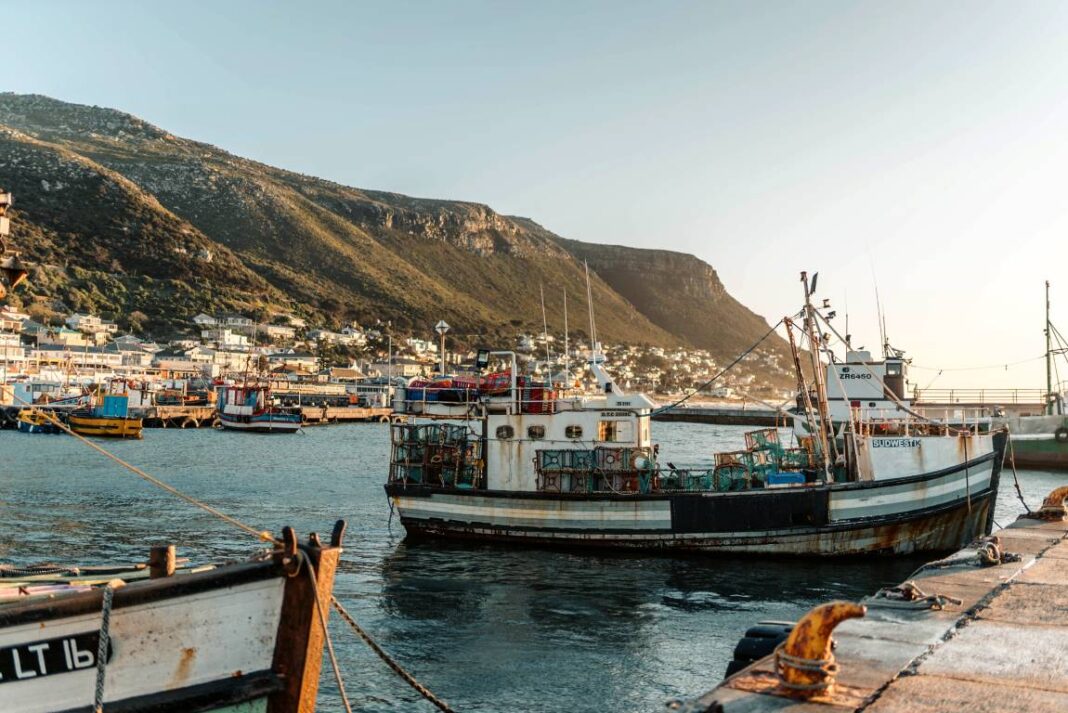Seafood is one of Canada’s most delicious industries. The Atlantic, Arctic, and Pacific oceans border the country’s coastlines, which are the longest in the world. Canada also has the largest freshwater lake systems globally. These waters are filled with more than 160 species of fish and seafood. Whether fresh, frozen, canned, or smoked, it is sought after internationally.
Historically, the fisheries drew Europeans to Canada, and the industry started around the 1500s. They began to fish near Newfoundland, and the main catch was cod. However, in the 16th century, English and French fishermen started to compete. Their rivalry helped build each other’s seafood industry through fishing, shipping, shipbuilding, and trading.
Now Canada’s fishing industry is defined by three main activities: Harvesting, fish farming, and processing. According to a recent statistic from statista.com, the agriculture, forestry, fishing, and hunting industries generated $44, 895 million in GDP. This is considered relatively low compared to the top industry in Canada, which is its real estate and renting industry which contributes $266, 980 million in GDP for the whole country.
Annually, Canada exports seafood to 119 countries. In 2021, the exports were valued at $8.79 billion, which were quantified as exports of 613 thousand tonnes. The top three most valuable seafood exports were salmon ($925 million), shrimp and prawns ($720 million), and lobster ($550 million).
Main provinces to export seafood are Nova Scotia ($2.48 billion), New Brunswick ($2.21 billion), and Newfoundland and Labrador ($1.42 billion). All three provinces are responsible for contributing to 70 per cent value of Canada’s seafood export.
Although Prince Edward Island is where much of Canada’s seafood is found, other provinces have plentiful supplies as well. Nova Scotia is known for its lobster, and in 2021, according to Fisheries and Oceans data provided by CBC, the Atlantic coast of Nova Scotia and the Bay of Fundy harvested lobsters with a value of $898 million. Canada is 4th in the world for producing farmed salmon. It is the third-largest seafood export value and comes mainly from Vancouver. The province of Newfoundland and Labrador is the best place to fish for salmon because their rivers are filled with more than 200 species and account for more than 60 per cent of North America’s wild Atlantic Salmon waterways.
The top destinations for the country’s seafood exports are the United States ($6.18 billion), China ($1.12 billion), and the European Union ($0.45 billion). Canada’s top seafood imports come from the United States ($1.67 billion), China ($520 million), and Vietnam ($314 million).
Aquaculture is the cultivation of aquatic organisms in controlled aquatic environments for commercial, recreational, or public purposes or, in simpler terms, fishing. According to the CAIA (Canadian Aquaculture Industry Alliance), aquaculture in Canada generates $5.2 billion of economic activity in Canada, contributing $2.1 billion in GDP, and is exported $1 billion in exports.
The province that accounts for most of Canada’s aquaculture is British Columbia, at $758 million, which is 55 per cent of national sales. New Brunswick followed in second and was valued at $267 million. Nova Scotia was valued at $84 million. Some shortcomings come with Canada’s seafood industry, and it includes labour shortages. Over 55,000 jobs that help Canada’s fishing industry are in the Atlantic regions, including Nova Scotia, Prince Edward Island, New Brunswick, Newfoundland and Labrador.
The industry has had to rely on temporary foreign workers to compensate for vacant positions. The variations of seasons, negative perception of the industry, and the rural areas where fish plants are located have low populations. In more recent years, the COVID-19 epidemic has lessened opportunities as well.
Half of the seafood industry relies on harvesters, the fishermen/women, and crew mates who handle and maintain the vessel's condition. The number of fishermen/women employed in 2021 was 11,850, which translates to 35.1 per cent of the industry. The second and third largest occupation groups are fish and seafood processers and packaging plant workers. Fish and seafood processing plants that clean, package, and handle materials employed 5,275 labourers in 2021 and shared 17 per cent of the industry. Fish and seafood plant workers who operate processing and packaging machines numbered 3,375 and share 10 per cent of the seafood industry. The way how data are shown in Canada’s Industry Brief – Fishing and Seafood Processing: Atlantic Region divided the age categories for labourers into three sections. One-third of labourers are over the age of 55, which is 40.3 per cent. Although labourers aged 25 – 54 is 50.2 per cent. Younger workers aged 15-24 fall behind significantly by 9.6 per cent.
The very low employment rates in the seafood industry is expected to continue to decrease for some time due to stagnant population growth and retirement of older employees. Many fishing and seafood establishments are combating the issue by offering work through internships for students, benefits like free lodging and meals can also be applied. However, the negative perception of the work and variation of seasons for employment periods continue to contribute to labour shortages.






